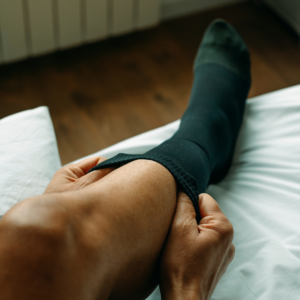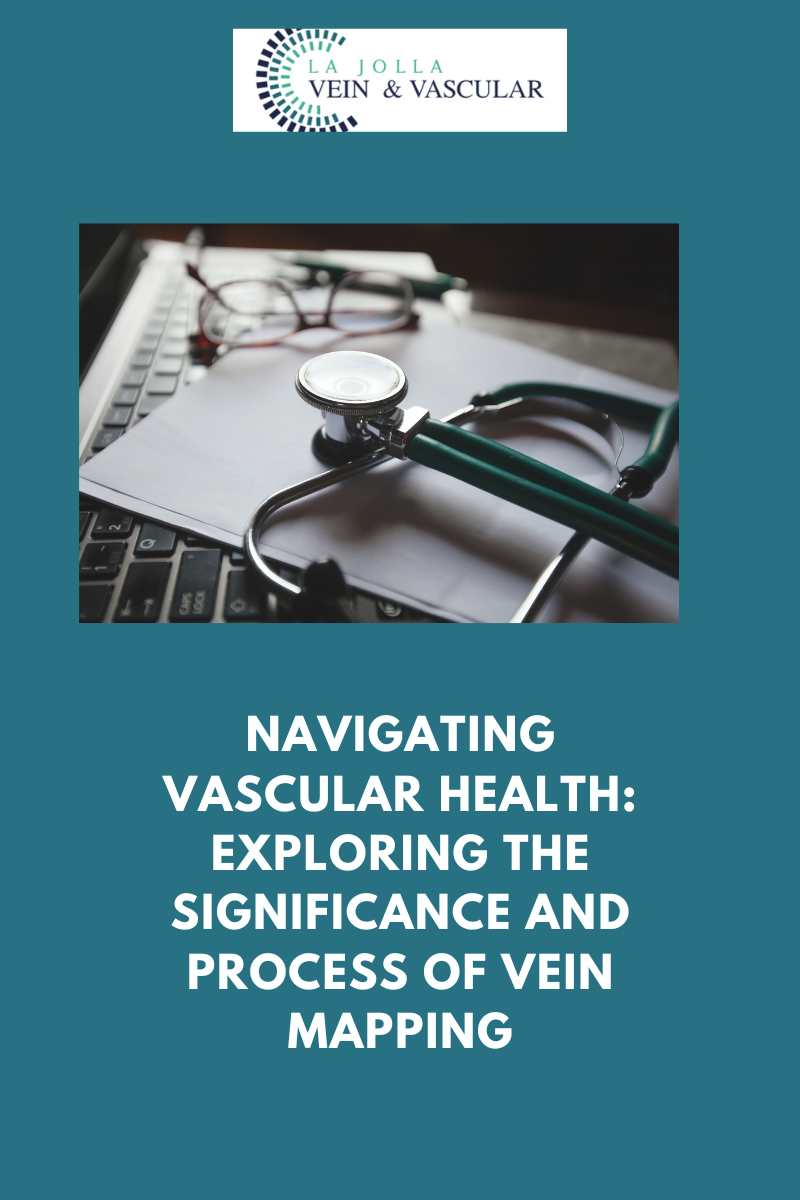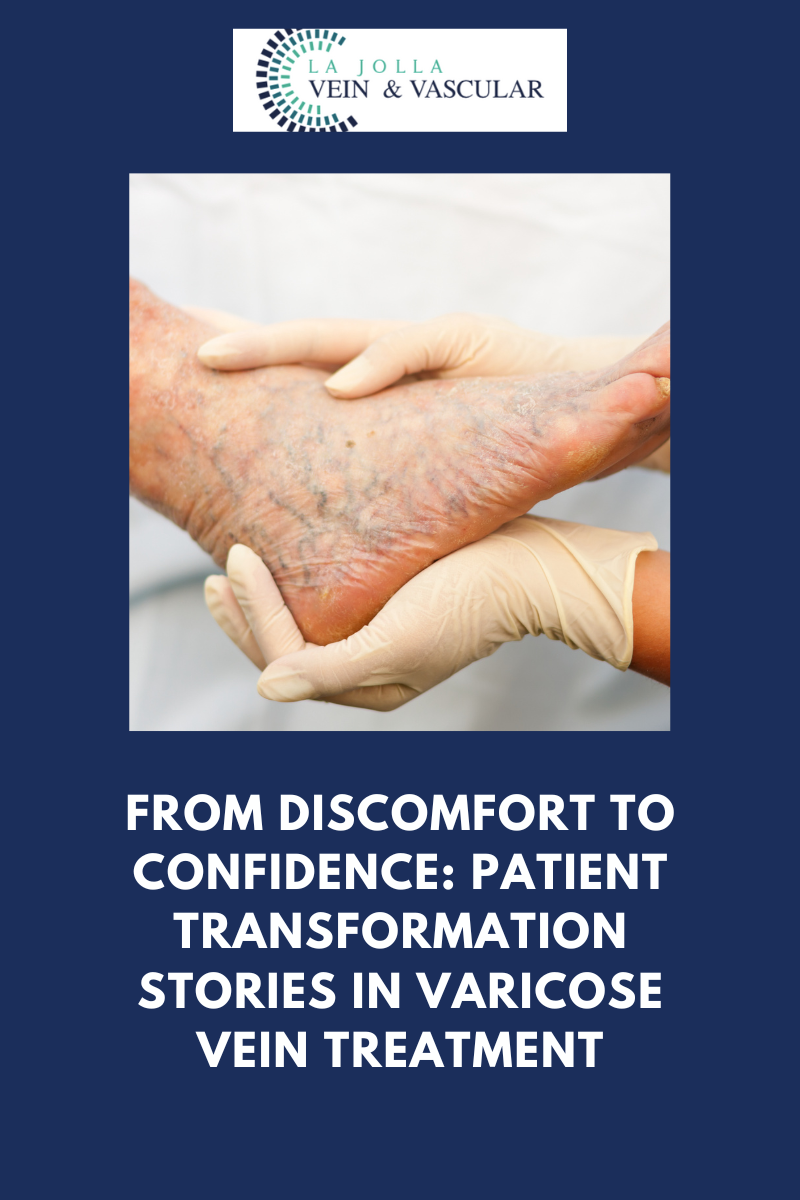Decoding deep vein thrombosis (DVT)

Decoding deep vein thrombosis (DVT)

Deep Vein Thrombosis (DVT) is a condition that arises when blood clots form within the deep veins of the legs, thighs, or pelvis. It’s important to understand the causes, symptoms, and potential dangers associated with DVT. In this blog post, we’ll delve into the mechanics of blood clot formation, the risks posed by DVT, and explore various treatment options available to manage this condition.
Understanding the Formation of Blood Clots
Blood clots in the veins, such as DVT, are a result of malfunctioning valves within the venous system. These valves are responsible for ensuring proper blood flow back to the heart. When these valves weaken or fail, blood circulation is compromised, leading to the formation of clots. DVT commonly occurs in the deep veins of the lower leg, but it can also develop in other parts of the body, including the arms.
The Circulatory System and Blood Clot Formation
The body’s circulatory system comprises arteries and veins. Arteries carry oxygen-rich blood away from the heart, while veins transport deoxygenated blood back to the heart. Arteries possess thick walls with muscular linings that can withstand the heart’s pumping pressure. In contrast, veins lack this muscular lining and rely on muscle movement to propel blood towards the heart.
How Blood Clots Develop
The venous system in the legs consists of two main types of veins: superficial veins and deep veins. Blood flows from superficial veins to deep veins through perforator veins, aided by one-way valves. When blood flow slows down or pools in the veins, platelets can stick together, leading to the formation of a blood clot or thrombus. While a blood clot in the deep venous system is not inherently dangerous, it can become life-threatening if it dislodges and travels to the pulmonary vein, causing a pulmonary embolism.
Symptoms and Risks of DVT
Recognizing the symptoms of DVT is crucial for timely intervention:
- Leg pain while walking (muscle cramps or sharp pain)
- Sharp calf pain in the affected limb
- Red or discolored skin on the affected limb
- Swelling in the affected area
- Sudden onset leg swelling
- Enlarged veins
Increased warmth in the swollen area
- If a blood clot breaks loose and travels to the lungs, it can lead to pulmonary embolism, characterized by:
- Sudden breathlessness or shallow breathing
- Rapid breathing
- Elevated heart rate
- Chest pain exacerbated by deep breathing
Treatment Options for DVT
Several treatment options are available for managing DVT:
- Blood Thinners: These anticoagulant medications prevent clots from enlarging and breaking loose. Common options include injectable medications like enoxaparin (Lovenox) and oral medications like Eliquis, Xarelto, and Pradaxa.
- Clot Busters: Thrombolytic drugs are used for severe cases of DVT or PE (Pulmonary Embolism) when other treatments aren’t effective. These medications can dissolve blood clots but may pose a risk of bleeding.
- Filters: In cases where blood thinners can’t be used, a vena cava filter can be inserted to prevent dislodged clots from reaching the lungs.
- Compression Stockings: These specialized knee socks aid in reducing blood pooling and clot formation in the legs.

Deep Vein Thrombosis is a serious medical condition that requires prompt attention and treatment. By understanding the mechanisms behind blood clot formation and recognizing the symptoms, individuals can seek help when needed, potentially preventing life-threatening complications. Various treatment options are available to manage DVT effectively, and consulting a healthcare professional is essential for personalized care and guidance.
“Bringing Experts Together for Unparalleled Vein and Vascular Care”
La Jolla Vein & Vascular (formerly La Jolla Vein Care) is committed to bringing experts together for unparalleled vein and vascular care.
Nisha Bunke, MD, Sarah Lucas, MD, and Amanda Steinberger, MD are specialists who combine their experience and expertise to offer world-class vascular care.
Our accredited center is also a nationally known teaching site and center of excellence.
For more information on treatments and to book a consultation, please give our office a call at 858-550-0330.
For a deeper dive into vein and vascular care, please check out our Youtube Channel at this link, and our website https://ljvascular.com
For more information on varicose veins and eliminating underlying venous insufficiency,
Please follow our social media Instagram Profile and Tik Tok Profile for more fun videos and educational information.
For more blogs and educational content, please check out our clinic’s blog posts!





